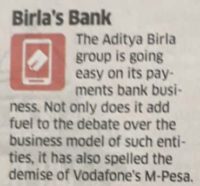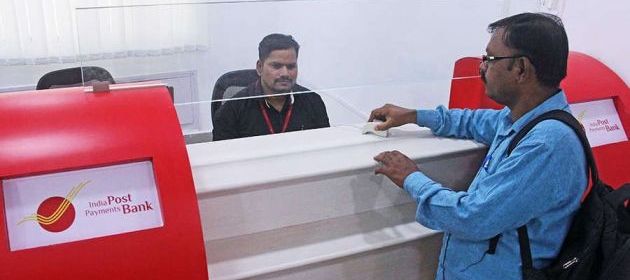Every time I go to this leading public sector bank, I see a long line of people outside the branch.
“Outside the branch” is the operative phrase because these people literally stand outside the branch.
I found out that they’re migrant laborers who queue up to send money from large cities where they work to their family members in the country’s hinterlands.
In banking parlance, these people are called “domestic remitters”. (As against “overseas remitters”, who send money from one country to another.)
Apparently, banks don’t let them inside their branches. So these remitters are forced to stand outside for hours, braving the elements.
This is not unique to India.
In The Global Treasurer, Charlie Corbett of Western Union avers that many banks in developed countries still view remitters as impoverished, nearly illiterate, and hence not worthy of selling checking accounts, credit cards, mortgages and other banking products. According to one former banker and remittance specialist quoted in this article, “not all banks will want the footflow into their branches on the sending side. They don’t want these guys coming into their branches and cluttering up their nice clean offices”. Apparently, banks fear that putting remittance service stickers on their windows would dilute their brands.
Are banks interested in worker remittance business or do they still remitters as diluting their brand images? http://t.co/4SwtV3fH
— GTM360 (@GTM360) May 9, 2012
Almost ten years ago, I implored banks not to look down upon remitters, but it looks like remitters are still treated shabbily at the “sender” side all over the world.
If only payments banks would treat domestic remittance customers with more dignity, many of them will be happy to switch their bank accounts to them. From facing an existential threat, payments banks might be able to acquire a new source of steady volumes from the remittance business.
I don’t have the numbers but domestic remittance might be a far bigger market than the mythical unbanked population.
It’s not only me.
India Post Payments Bank has set his sights on precisely this market. Speaking to Economic Times, Suresh Sethi, CEO and MD of IPPB said:
Currently, there are six active payments banks in India, with IPPB being the youngest. None of the existing PBs has managed to build a strong business model till now. But IPPB may do well because of its wide reach (and Doorstep Banking operating model). Doorstep Banking is best explained through an example. If (as a migrant laborer) you want to send money to your mother residing in a remote village, you simply transfer it to her IPPB account. Your mother requests ‘doorstep banking services’ on her mobile phone (via the IPPB app). The local postman would visit your mother, identify her with biometric reader and scan the QR code card in her possession before handing out the money she wants.
IPPB has 3.5 million account holders as of close of last fiscal year. This is a sizeable number and suggests that IPPB has cracked a promising product for payments banks.
 At the end of my blog post titled Why Payments Banks Have Flopped?, I promised to talk about a “few niches in the market where payments banks have a strong value proposition”.
At the end of my blog post titled Why Payments Banks Have Flopped?, I promised to talk about a “few niches in the market where payments banks have a strong value proposition”.
Since I wrote that post, Vodafone M-PESA, a payments bank, has reportedly downed its shutters and the Aditya Birla Group is going easy on its payments bank business.
So “few niches” sounds like an exaggeration in hindsight.
But “doorstep banking for migrant workers” is definitely one niche where payments banks do bring something valuable to the table.
I wish there were more ways to revive payments banks but domestic remittance seems to be the only viable product at the moment.
